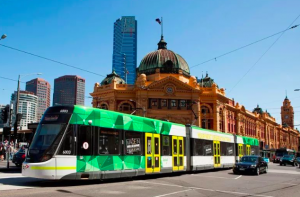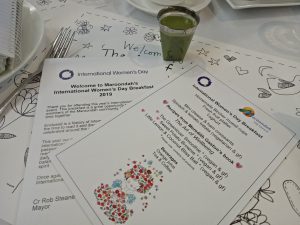“Goodbye dear Mother,
sister; Phillipa my dear girl.” John Tom Clifton knew there was a strong chance
he wouldn’t make it. His crib pale saw as many days in these claustrophobic
gold mines as his grime-smudged face. His trusty pale would’ve served him well
through his mining years, and it was to honour him with his final words.
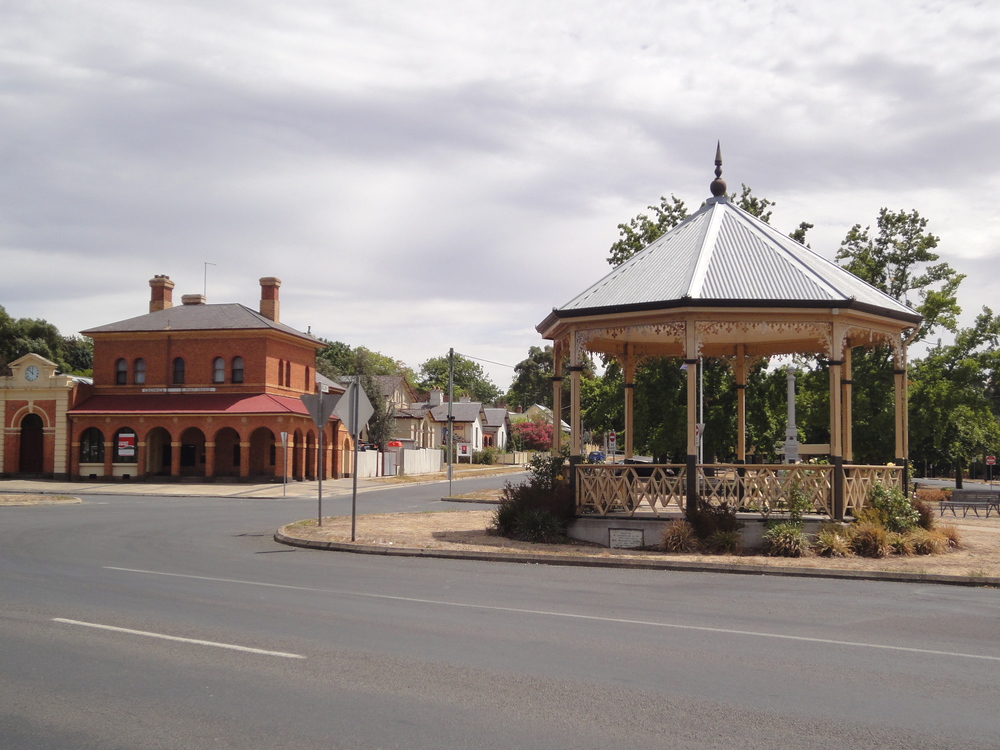
In the early hours of December
12, 1882, Australia lived through its worst gold mining disaster in one of its
oldest gold mining towns. On this fateful day in Creswick, 22 out of 27 men
died from sudden water flooding in an air pocket located two kilometres below
ground at the New Australasian Number 2 Mine. Before meeting their fate, the
miners spent hours huddled together just above the rising waters. Some sang
hymns and prayed for comfort. Others like Clifton wrote farewell messages on their
crib pales in the hope their families would receive these last, parting words.
Navy divers were sent by steam train from Melbourne to assist in the emergency.
The rescue effort lasted three days yet a heart-breaking result prevailed.
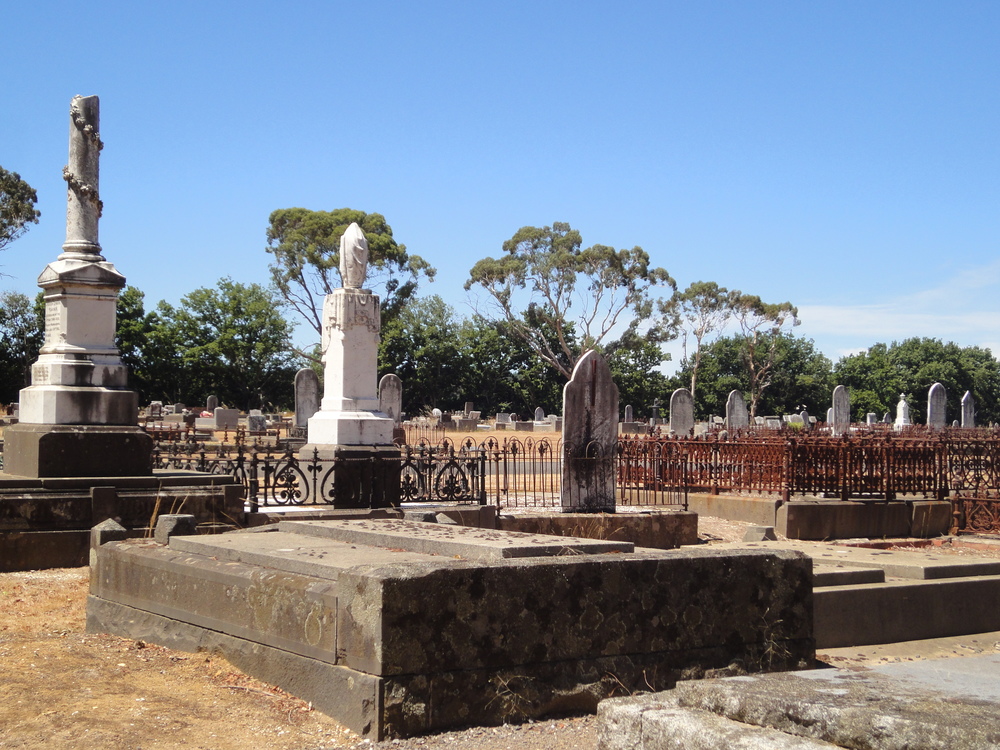
Many families experienced
hardship after the disaster. After burying 19 of the men in Creswick’s local
cemetery, 17 widows and 75 dependent children had to face the future without
husbands and incoming wages. Affected families received compensation payments,
though the tragedy of losing loved ones affected everyone in this tight-knit
community. The cemetery is located at the end of town and holds the site of
these graves, plus a permanent memorial, erected in 1909, to honour those who
lost their lives. Clifton’s crib pale can be found behind glass in Creswick
Museum, his cursive strokes barely legible from the wear and tear of the
disaster and of age.
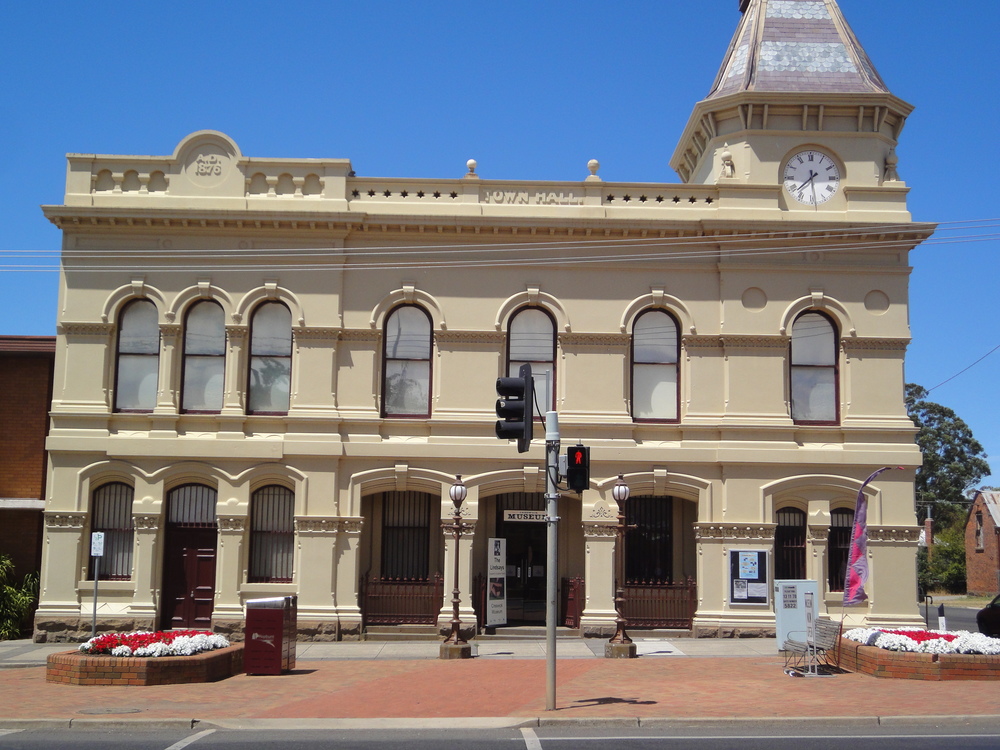
Staring into inevitable
death was a reality for many miners during this era. The constant fear of danger
and tragedy would’ve haunted many miners in their quest for gold, yet the
rewards reaped benefits and riches. Creswick, a town built from Victoria’s Gold
Rush days, would experience these riches when in 1851 gold was first discovered
in the area. Creswick, among many towns in this part of Victoria, became a boom
town during the state’s illustrious Gold Rush years in the early 1850s.
Creswick became the scene of unprecedented population growth, jumping from
3,420 to 20,000 people in only just one year by 1855. The town enjoyed the rush
for many years, until 1908 when most mines closed due to accelerating
operational costs.
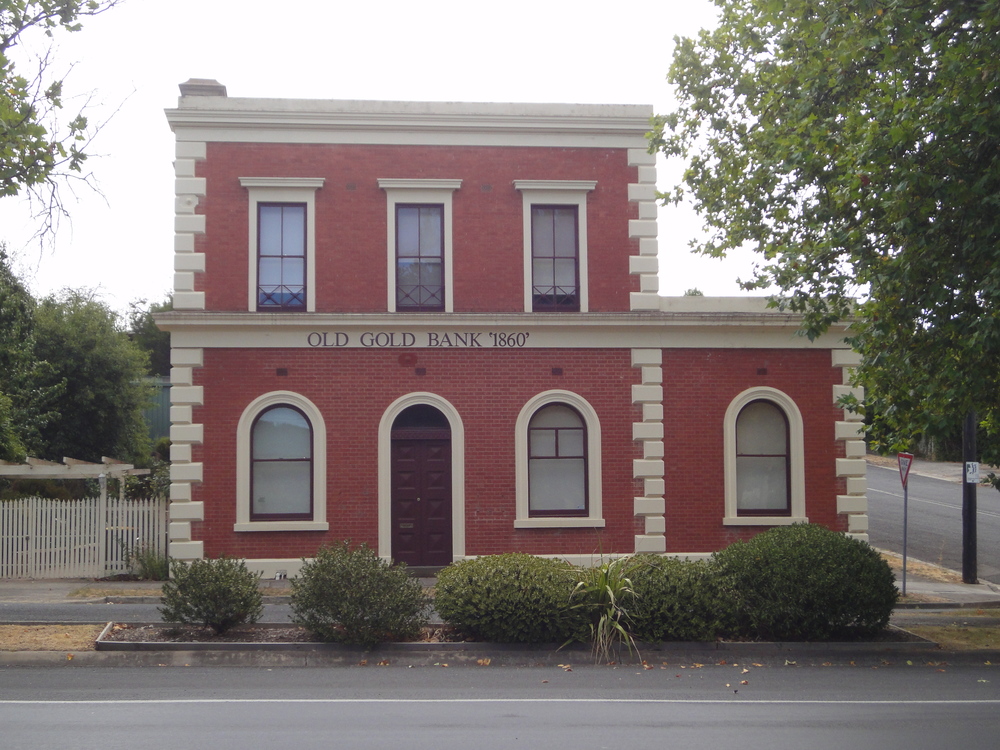
Now, Creswick is the ‘Home
of Forestry’, nestled in a blanket of pine forests and cradled by ancient
volcanic hilltops. While Creswick’s population sits at a sleepy 3,000, many
day-trippers and weekend travellers pass through this thriving hub constantly. Creswick
has long been the conduit between Melbourne and Daylesford in Victoria’s spa
country, though the town is proving to be its own destination. Some visitors
meander along self-guided tours on the outskirts of town to get closer to
Creswick’s Gold Rush roots. Walking around the town, visitors witness colonial
buildings that punctuate the town’s Gold Rush personality, such as Masonic
Lodge, State Savings Bank, Creswick Museum, Post Office and Fire House. Among
the Gold Rush artefacts on display at Creswick Museum, visitors can also
discover colonial art that depicts the town’s early history – the work of
goldfields artists William Tibbits, T.C Moyle and H. Burkitt.

Despite a nose-dive in
population after the Gold Rush, Creswick reinvigorated itself through the art
of one of Australia’s famous and vibrant art families. The Lindsay family’s
‘Famous Five’ artists – Percy, Norman, Lionel, Daryl and Ruby – have held a
special place in Creswick. Yet, Daryl Lindsay holds a familiar place in
Australian folklore – the town’s famous son is famed illustrator and author of ‘The
Magic Pudding’. Alongside bespoke fireplaces and creaky floorboards in Creswick
Museum (the town’s original Council Chamber from 1876 to 1978) there are permanent
pieces from the family’s collection of paintings, water colours, sketches,
sketch books and personal items. A curated collection of pieces featured earlier
this year as part of ‘The Lindsays – Creswick’s Creative Family’ exhibition. Illustrations from Daryl’s ‘Digger’ book were
on display, giving visitors an encompassing understanding of the artist’s work.
Visitors can also experience Creswick’s modern-day artists and handicraft
specialists throughout the town. A wander through The Elephant Patch will yield
handicrafts against a backdrop of antiques. Creswick Woollen Mills is one of
Australia’s last spinning mills, producing wool for keen knitters and crotchetiers.
A cup of melted chocolate at chocolatier and café Cocoa Chy can be enjoyed
while admiring moving canvases hanging from its walls.

Rooms at Novotel Forest
Resort start from $199 on weekends for a standard king room. 1500 Midland
Highway Creswick 03 5345 9600.
Creswick Museum is open
weekends and public holidays from 11am to 3pm. 70 Albert Street Creswick 03 5345
2845. Entry is $5 per adult.
Gates of Creswick Cemetery
open daily from 9am to 5pm. Clunes Road Creswick.
The Elephant Patch is open
Thursdays to Saturdays from 10am to 5pm. 106 Albert Street Creswick 03 5345
1136.
Cocoa Chy is open daily from
8am to 5pm. 84 Albert Street Creswick 03 5345 1150.
A self-guided tour of Creswick
Woollen Mills can be taken from 11am to 4pm with machinery running most days.
Entry is $5 per person. Railway Parade (off Clunes/Midlands Highway) Creswick 03
5345 2202.

